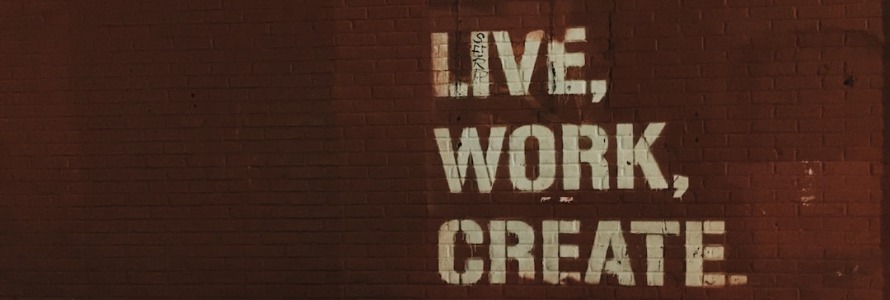
As a writer, there’s nothing more satisfying than crafting a story that keeps readers eagerly turning pages, desperate to see what happens next. Two of the most powerful tools in achieving this are plot twists and cliffhangers. These narrative devices, when used effectively, can elevate your storytelling and create unforgettable experiences for your audience. Let’s delve into the art and science of these techniques and explore how they can be wielded to keep readers hooked.
The Power of Plot Twists
Plot twists are those delightful surprises that take the story in an unexpected direction. They subvert the audience’s expectations, forcing them to reevaluate what they thought they knew about the characters and events. A well-executed plot twist can leave readers in awe, prompting them to reexamine earlier parts of the narrative with a new perspective.
Characteristics of a Good Plot Twist
- Unpredictability: A successful plot twist must be surprising. If readers see it coming a mile away, it loses its impact.
- Foreshadowing: Despite its surprise, a plot twist shouldn’t feel like it came out of nowhere. Subtle hints woven into the narrative make the twist feel earned and satisfying.
- Emotional Resonance: A twist should deepen the reader’s emotional connection to the story, whether by heightening tension, creating shock, or evoking empathy.
- Relevance: A twist must advance the plot or reveal something critical about the characters or themes. Random surprises without purpose can frustrate readers.
Crafting Effective Plot Twists
Creating a memorable plot twist involves balancing surprise with inevitability. As Chekhov’s gun suggests, if a rifle is mentioned in the first act, it should go off by the third. This principle applies to plot twists as well: lay the groundwork early so that when the twist happens, readers feel the thrill of realization.
One technique I’ve found helpful is to brainstorm potential twists early in the writing process. I ask myself, “What’s the most unexpected yet plausible turn this story could take?” Then, I evaluate how this twist aligns with the themes and character arcs. Another strategy is to play with perspective—a reveal that a trusted narrator was unreliable, for example, can upend the reader’s understanding of the story.

The Allure of Cliffhangers
While plot twists typically resolve a thread or provide a revelation, cliffhangers do the opposite: they leave the audience in suspense, compelling them to seek answers. Whether at the end of a chapter, episode, or book, cliffhangers are a tried-and-true method for keeping readers engaged.
Types of Cliffhangers
- Physical Danger: The protagonist faces an immediate threat to their safety.
- Emotional Stakes: A character is about to make a pivotal decision or confront a personal dilemma.
- Revelatory Suspense: A shocking truth is hinted at but not fully revealed.
- Interrupted Action: A climactic moment is cut short, leaving the outcome unknown.
Why Cliffhangers Work
Cliffhangers exploit a psychological phenomenon called the Zeigarnik effect, which states that people remember incomplete tasks better than completed ones. By ending a scene or chapter with unresolved tension, you create a sense of urgency that drives readers to continue.
Tips for Writing Cliffhangers
When crafting cliffhangers, I focus on heightening tension to its peak before cutting off the scene. However, it’s crucial to avoid cheap tricks or overusing this technique, as it can lead to frustration. Each cliffhanger should feel integral to the story and should eventually pay off in a meaningful way.

Combining Plot Twists and Cliffhangers
The true magic happens when plot twists and cliffhangers are combined. Imagine a chapter ending with a shocking revelation that changes the trajectory of the story—a twist delivered as a cliffhanger. This approach creates a double impact, both surprising the reader and ensuring they’ll keep reading.
For example, in mystery novels, a detective might discover a critical clue that simultaneously solves one mystery and raises new, more urgent questions. Similarly, in thrillers, a twist might reveal that the protagonist’s ally is secretly working against them, ending the chapter just as the betrayal comes to light.
Lessons from Iconic Examples
Many successful stories owe their longevity to their masterful use of plot twists and cliffhangers. Let’s examine a few examples:
- Agatha Christie’s “And Then There Were None”: This classic mystery novel delivers twist after twist, keeping readers guessing until the very end. Christie’s careful foreshadowing and misdirection make each twist feel inevitable in hindsight.
- George R.R. Martin’s “A Song of Ice and Fire” series: Martin is renowned for shocking plot twists, such as the infamous Red Wedding. These moments are not only surprising but also deeply rooted in the characters’ motivations and the story’s themes of power and betrayal.
- TV series like “Breaking Bad”: This show expertly uses cliffhangers to maintain momentum, with episodes often ending in ways that leave viewers desperate for more. Whether it’s a moral dilemma or an imminent threat, the suspense is palpable.
Pitfalls to Avoid
While plot twists and cliffhangers can enhance a story, they can also backfire if misused. Here are some common mistakes to watch out for:
- Overuse: Relying too heavily on twists or cliffhangers can make them predictable and diminish their impact.
- Lack of Setup: A twist without proper buildup can feel cheap or contrived.
- Unresolved Cliffhangers: Leaving too many loose ends can frustrate readers and erode trust.
- Sacrificing Character Consistency: Twists should never come at the expense of believable character behavior.

Conclusion
Mastering plot twists and cliffhangers is an art that requires careful planning and a deep understanding of your story’s structure and characters. By surprising your readers and leaving them in suspense, you create an engaging narrative that stays with them long after they’ve finished the last page.
I’d love to hear your thoughts on this topic. Do you have a favorite plot twist or cliffhanger that left a lasting impression on you? Let’s discuss and learn from each other’s experiences.
References
Christie, A. (1939). And then there were none. Collins Crime Club.
Martin, G. R. R. (1996). A game of thrones. Bantam Books.
Miller, V., & Gilligan, P. (Creators). (2008–2013). Breaking Bad [TV series]. High Bridge Productions; Gran Via Productions; Sony Pictures Television.


